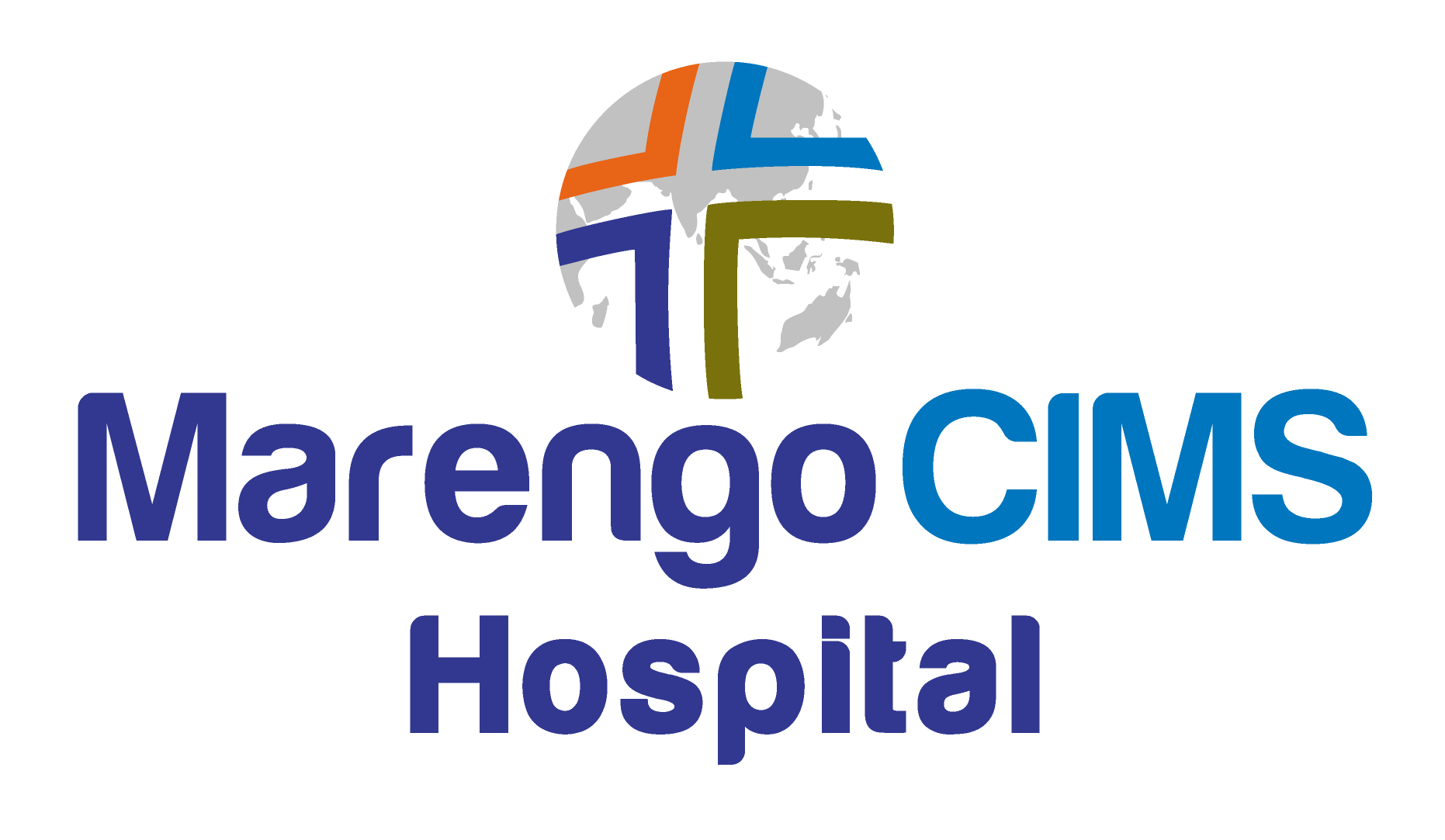Interventional Radiology
Common procedures are:
- Angiography:
Imaging the blood vessels to look for abnormalities with the use of various contrast media, including iodinated contrast, gadolinium based agents, and CO2 gas.
- Balloon angioplasty/stent:
Opening of narrow or blocked blood vessels using a balloon; may include placement of metallic stents as well (both self-expanding and balloon expandable).
- Cholecystostomy:
Placement of a tube into the gallbladder to remove infected bile in patients with cholecystitis, an inflammation of the gallbladder, who are too frail or too sick to undergo surgery.
- Drain insertions:
Placement of tubes into different parts of the body to drain fluids (e.g., abscess drains to remove pus, pleural drains). A common problem is that these tubes get clogged and have to be replaced or removed before all the material is drained.
- Endovascular aneurysm repair
- Embolization:
Blocking abnormal blood (artery) vessels (e.g., for the purpose of stopping bleeding) or organs (to stop the extra function e.g. embolization of the spleen for hypersplenism) including uterine artery embolization for percutaneous treatment of uterine fibroids. Various embolic agents are used, including alcohol, glue, metallic coils, poly-viny alcohol particles, Embospheres, encapsulated chemo-microsphere, and gelfoam.
- Chemoembolization:
Delivering cancer treatment directly to a tumour through its blood supply, then using clot-inducing substances to block the artery, ensuring that the delivered chemotherapy is not “washed out” by continued blood flow.
- Radioembolization:
Embolization of tumors with radioactive microspheres of glass or plastic, to kill tumors while minimizing exposure to healthy cells.
- Thrombolysis:
Treatment aimed at dissolving blood clots (e.g., pulmonary emboli, leg vein thrombi, thrombosed hemodialysis accesses) with both pharmaceutical (TPA) and mechanical means.
- Biopsy:
Taking of a tissue sample from the area of interest for pathological examination from a percutaneous or transjugular approach.
- Radiofrequency ablation (RF/RFA):
Localized destruction of tissue (e.g., tumours) by heating.
- Cryoablation:
Localized destruction of tissue by freezing
- CT angiography
CT angiography studies offer non-invasive, Out Patient (OPD) angiographic procedure. C T coronary angiography is non invasive screening tool for detecting coronary blockages.
CTA can be used to examine blood vessels in many key areas of the body, including the brain, kidneys, pelvis, and the lungs. Under some circumstances the coronary arteries may be examined by CTA, but CTA has not replaced invasive catheter coronary angiography. The procedure is able to detect narrowing of blood vessels in time for corrective therapy to be done. This method displays the anatomical detail of blood vessels more precisely than magnetic resonance imaging (MRI) or ultrasound. Today, many patients can undergo CTA in place of a conventional catheter angiogram. CTA is a useful way of screening for arterial disease because it is safer and much less time-consuming than catheter angiography and is a cost-effective procedure. There is also less discomfort because contrast material is injected into an arm vein rather than into a large artery in the groin.
CTA is commonly used for the following purposes:
- Examine the pulmonary arteries in the lungs to rule out pulmonary embolism, a serious but treatable condition. This is called a CTPA.
- Visualize blood flow in the renal arteries (those supplying the kidneys) in patients with high blood pressure and those suspected of having kidney disorders. Narrowing (stenosis) of a renal artery is a cause of high blood pressure (hypertension) in some patients and can be corrected. A special computerized method of viewing the images makes renal CT angiography a very accurate examination. Also done in prospective kidney donors.
- Identify aneurysms in the aorta or in other major blood vessels. Aneurysms are diseased areas of a weakened blood vessel wall that bulges out—like a bulge in a tire. Aneurysms are life-threatening because they can rupture.
- Identify dissection in the aorta or its major branches. Dissection means that the layers of the artery wall peel away from each other—like the layers of an onion. Dissection can cause pain and can be life-threatening.
- Identify a small aneurysm or arteriovenous malformation inside the brain that can be life-threatening.
- Detect atherosclerotic disease that has narrowed the arteries to the legs.
- Exclude coronary artery disease, especially in low to intermediate risk patients.
